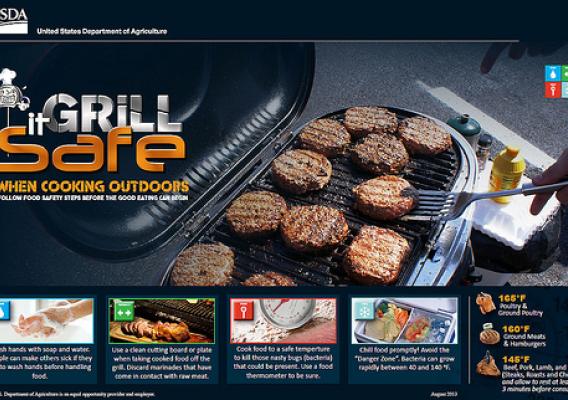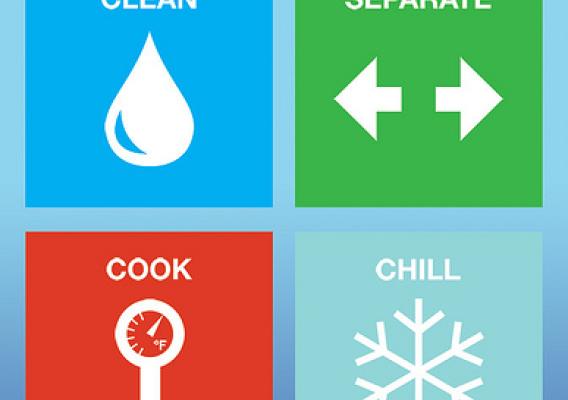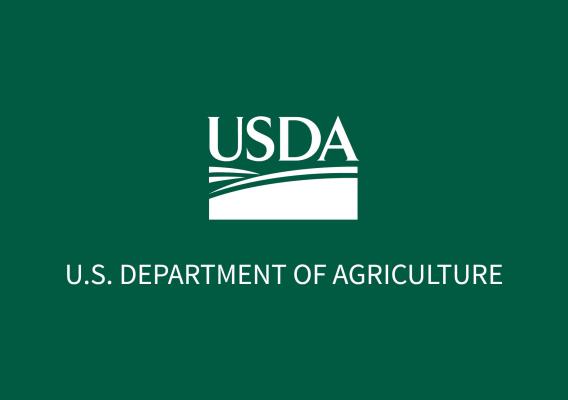On August 30th, FSIS announced the results of our verification audit of China’s poultry processing inspection system, which reaffirmed the equivalence of China’s poultry processing system. This determination was made after a long and careful review by our expert auditors to ensure that China’s system for processed poultry meets the United States’ safety standards. FSIS’ core mission is food safety and our staff works hard and diligently to ensure that the U.S. food supply remains safe. Since the announcement of the audit results, our agency has received several inquires regarding this determination so I want to take the time to explain this process and clarify any misperceptions.
Let me start with explaining what this “equivalence” determination means. If a country wants to export FSIS regulated product to the United States, as a regulatory agency, we are required to review this request and conduct an audit to determine if their food safety system meets U.S. standards. The process for determining China’s equivalence began in 2004, when China submitted a formal request to FSIS that the agency evaluate China’s poultry system to assess it equivalence and thus its eligibility to export poultry products to the United States. After an extensive audit, FSIS granted China “equivalence” for processed poultry in 2006 which meant that China was eligible to export cooked chicken to the U.S. as long as the raw poultry was from an approved source. FSIS began rulemaking and published a final rule in the Federal Register, adding China to the list of countries eligible to export cooked poultry to the United States. However, the 2008 appropriations bill prohibited FSIS from using funding to implement the final rule that allowed China to export processed chicken. In 2010, the appropriations ban was lifted and China submitted a new request for an equivalence audit.




